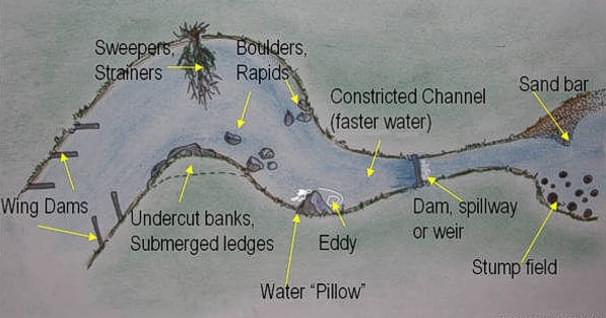SUP Tips for First-Timers
Stand-up paddling has exploded in popularity over the past decade for a number of reasons, and one of the biggest being even though it offers a fun challenge, almost anyone can hop on a board and have a good time right out of the gate. With that being said, in this video, we'll take a look at a few tips that will help you paddle more confidently and safely.
First things first, even though stand-up paddling is a remarkably safe activity, the fact that you're on the water means that if things do go wrong, it can get very dangerous very quickly, and that's why a life jacket and a leash are your best insurance policy. For kids, those who aren't strong swimmers or if you can't swim, it's definitely a great idea to wear an inherently buoyant life jacket. There's plenty of great paddling specific models on the market that are comfortable to wear and won't restrict your movements. Otherwise, you can consider an inflatable life jacket. The most popular inflatable life jackets for stand-up paddling are belt packs which are worn around your waist, but they're also available as vests. If you do use a belt pack, they're best worn in front so they can be easily and quickly inflated if needed.
Although a life jacket is a crucial piece of safety gear, it can be argued that the board is your most important piece of safety gear. And that's why a leash is such a key piece of safety equipment because the leash is what connects you to your board.
One thing to keep in mind is that it's important to use a style of leash that's appropriate for the environment you'll be paddling in. For example, in flat water, a coiled leash is a great choice which you can attach around your calf or your ankle. In a surf zone, a straight leash is what you gonna want to use because it has less of an elastic effect, which means the board won't pop back towards you as quickly, and also a coil leash in a surf zone has the tendency to get wrapped around your paddle.
The next step looks at three simple ways to improve your balance on a paddle board.
- To start off, the most balanced standing position is with your feet shoulder width part, you knees slightly bend so they act like shock absorbers, and your back straight.
- Where you're looking also has an impact on your balance. The trick is to look at the horizon and not down at your board or the water which are constantly in motion.
- Lastly, in order to stay balanced over your board, you'll need to keep your head over at center line. And to do this, especially in rougher water, you have to stay loose and let your hips do the moving around.
The third and final tip for first timers is to fully engage your paddle blade before you take any type of stroke. Doing this not only gives your strokes the most power but it also helps your balance in the board because an engaged paddle acts as a brace to keep you upright.
So there you have it, three tips that will help you paddle more confidently and safely straight away.
Related Articles
River obstacles are serious hazards on any waterway - from placid, slow-moving streams to raging,…
Always wear your PFD... Always!
I learned the hard way, why, at certain times of the year – during spring flooding primarily – our local…
Getting through a surf zone can be challenging. Having an understanding of the forces in the surf zone…



